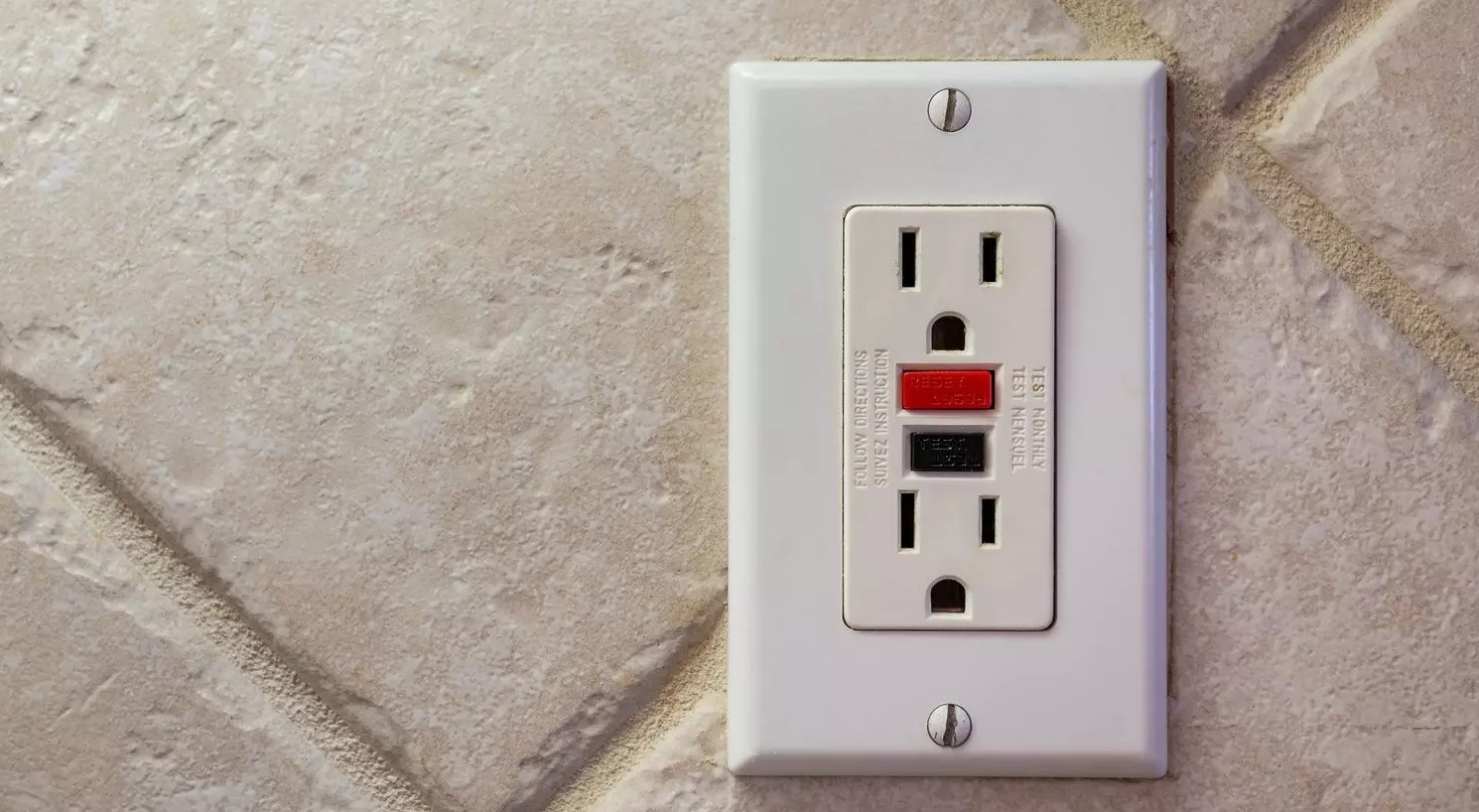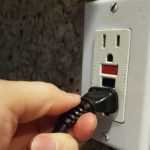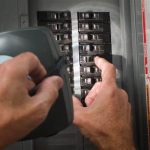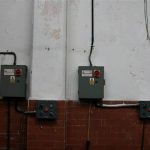If you own an older home, you may be wondering if you need to install GFCI outlets.
The answer is yes! GFCI outlets are required in all homes built after the year 2000, but they offer some benefits that make them worth installing in older homes as well.
Not only do GFCI outlets protect against electric shock, but they also reduce the risk of fire and other electrical hazards.
Additionally, GFCI outlets can help save energy and money by reducing the amount of electricity that is wasted.
Installing GFCI outlets in your older home is a simple and cost-effective way to ensure the safety of your family and property.
In this article, we will discuss the benefits of installing GFCI outlets in older homes and provide some tips for doing so.
Contents
- 1 What is a GFCI Outlet?
- 2 Are GFCI Outlets Required In Older Homes?
- 3 Benefits of Installing GFCI Outlets For Older Homes
- 4 Where Should GFCI Outlets Be Installed?
- 5 How to Identify Existing Outlets
- 6 How to Install GFCI Outlets
- 7 Wiring Requirements for Older Homes
- 8 Testing New GFCI Outlets
- 9 Troubleshooting Issues With New Outlets
- 10 Upgrading Other Electrical Components
- 11 Maintenance Tips For Older Homes With New Outlets
- 12 Conclusion
What is a GFCI Outlet?
A GFCI (Ground Fault Circuit Interrupter) outlet is an electrical outlet designed to protect people from electric shock.
It does this by quickly shutting off the power when it detects a difference in current between the hot and neutral wires.
This can happen if someone accidentally touches a live wire, or if there is a short circuit in the wiring.
GFCI outlets are required in all new homes, and many older homes now have them as well.
Are GFCI Outlets Required In Older Homes?
Yes. Installing GFCI outlets in older homes is a great way to improve safety.
GFCI outlets detect any electrical current that is leaking from an appliance and shut off the power before it can cause harm.
They also protect against electric shock and reduce the risk of fire. With GFCI outlets, you can have peace of mind knowing that your home is safe and secure.
Benefits of Installing GFCI Outlets For Older Homes
Installing GFCI outlets in older homes can be a great way to improve safety.
GFCI outlets are designed to detect electrical current leakage and shut off power when it is detected. This protects against electric shock and can help prevent fires.
GFCI outlets are easy to install and can be a cost-effective way to increase safety in an older home.
Installing GFCI outlets is a smart choice for homeowners looking to improve the safety of their homes.
Where Should GFCI Outlets Be Installed?
GFCI outlets should be installed in any areas where water is present, such as bathrooms, kitchens, laundry rooms, garages, and basements.
They should also be installed near outdoor outlets, such as those used for pools or hot tubs.
Additionally, any outlets that are within 6 feet of a sink should also be replaced with GFCI outlets.
How to Identify Existing Outlets
Before installing new GFCI outlets in an older home, it is important to identify which outlets already exist in the home.
This can be done by testing each outlet with a voltage tester or multimeter to determine if it is wired correctly and functioning properly.
If an outlet does not pass the test, then it may need to be replaced with a GFCI outlet.
How to Install GFCI Outlets
Installing GFCI outlets requires some basic electrical knowledge and experience working with electricity safely.
It is important to turn off the power before beginning any work on an electrical system and to follow all safety guidelines when working with electricity.
Once the power has been turned off, the existing outlet can be removed and replaced with the new GFCI outlet according to manufacturer instructions.
Wiring Requirements for Older Homes
Older homes may have different wiring requirements when installing new GFCI outlets than newer homes do due to age-related wear and tear on the wiring system or outdated wiring standards that were used at the time of construction.
It is important to check local building codes before beginning any work on an older home’s electrical system and make sure that all wiring meets current safety standards before proceeding with the installation of new GFCI outlets.
Testing New GFCI Outlets
Once all wiring has been completed and all connections have been made securely, it is important to test each new GFCI outlet before using it for the first time.
This can be done by plugging a lamp or other device into each outlet and pressing the “test” button on the faceplate of each outlet to make sure that it trips properly when activated.
If it does not trip properly, then further troubleshooting may be necessary before the use of the outlet can occur safely.
Troubleshooting Issues With New Outlets
If there are any issues with newly installed GFCI outlets, then further troubleshooting may be necessary before the use of the outlet can occur safely.
This could involve checking connections between wires and ensuring that all wiring meets current safety standards before proceeding with the installation of new GFCI outlets, as well as testing each outlet again after any changes have been made to ensure proper operation of each outlet before use occurs again safely.
Upgrading Other Electrical Components
In addition to installing new GFCI outlets in an older home, other components of the electrical system may need upgrading as well to ensure the safety and proper operation of all components within the system, including circuit breakers, fuses, switches, and other components.
Maintenance Tips For Older Homes With New Outlets
Once new GFCI outlets have been installed in an older home, it is important to maintain them properly for them to continue functioning correctly and providing adequate protection against electric shock, as well as reducing the risks associated with electrical fires due to improper wiring or outdated components within an electrical system.
Regular maintenance tips include testing each outlet every three months using a voltage tester or multimeter as well as checking connections between wires regularly.
You need to check for signs of corrosion or loss of connections, which could cause problems down the line if not addressed promptly.
Conclusion
Installing GFCI outlets in older homes is a great way to ensure safety and protect your home from potential electrical hazards.
GFCI outlets can help protect against electric shock, fire, and other potential dangers. They are easy to install and require minimal maintenance.
Furthermore, they offer additional protection from power surges, which can be especially beneficial in older homes with outdated wiring.
The installation of GFCI outlets can provide peace of mind for homeowners and their families by helping to ensure the safety of their homes and their occupants.
In conclusion, installing GFCI outlets in older homes is an effective way to improve safety and protect against potential electrical hazards.






